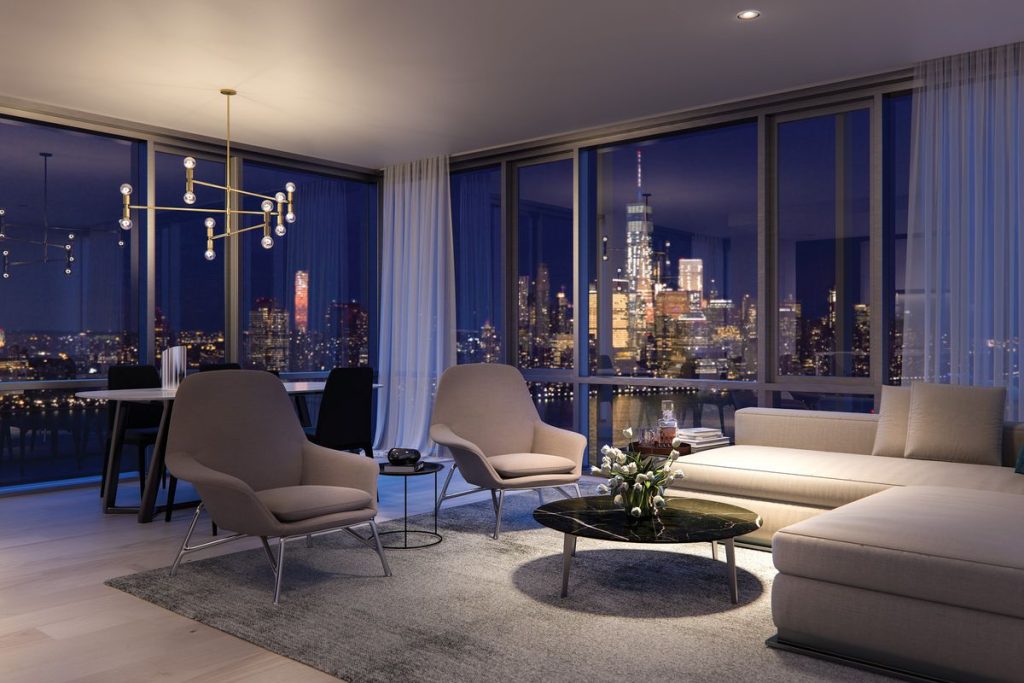Deepfake technology has rapidly evolved, making it increasingly challenging to distinguish real content from manipulated media. Deepfakes utilize artificial intelligence AI and deep learning algorithms to create highly realistic yet fabricated videos, images, or audio recordings. These manipulations often target public figures, political leaders, and everyday individuals, posing significant risks to privacy, reputation, and public trust. In response to the growing threat of deepfakes, digital forensic detection tools have emerged as essential instruments in identifying and mitigating the impact of these deceptive creations. Digital forensic detection tools leverage a range of techniques to analyze and detect inconsistencies within media files. One common approach is the analysis of visual artifacts that may arise during the deepfake generation process. For instance, slight inconsistencies in lighting, shadows, and reflections can indicate that a video has been altered. Additionally, irregularities in facial movements, blinking patterns, and lip synchronization often reveal manipulation, as deepfake algorithms sometimes struggle to replicate natural human behavior accurately.
Another effective method of detecting deepfakes is analyzing the underlying data of media files. Techniques like Error Level Analysis ELA examine compression artifacts to identify discrepancies between original and manipulated regions. Likewise, metadata analysis can uncover inconsistencies in file creation dates, modification histories, and embedded information that may suggest tampering. These methods enable forensic experts to identify altered content even when visual cues are not immediately apparent. Audio deepfakes pose another formidable challenge, as synthetic voices can be convincingly mimicked through voice synthesis and cloning technologies. Unlocking Digital Forensics detection tools address this by examining frequency patterns, pitch variations, and temporal inconsistencies within audio recordings. Machine learning algorithms can be trained to detect subtle acoustic anomalies that human ears might overlook. Additionally, voiceprint analysis helps identify discrepancies between genuine and synthetic voices, adding an extra layer of verification.
Advanced forensic techniques also employ machine learning models specifically designed to detect deepfake manipulations. These models are trained on large datasets of authentic and synthetic content, learning to differentiate between real and fake media through pattern recognition. Neural network-based approaches, such as convolutional neural networks CNNs and recurrent neural networks RNNs , have proven particularly effective in identifying subtle manipulations. By leveraging these models, forensic tools can achieve high accuracy rates in detecting both visual and audio deepfakes. Despite significant advancements, deepfake detection remains a cat-and-mouse game, as creators continuously enhance their techniques to bypass forensic scrutiny. To stay ahead, researchers are focusing on developing robust and adaptive detection methods capable of recognizing even the most sophisticated manipulations. Educating the public and stakeholders about the risks associated with deepfakes and promoting digital literacy are also vital in mitigating their societal impact.










